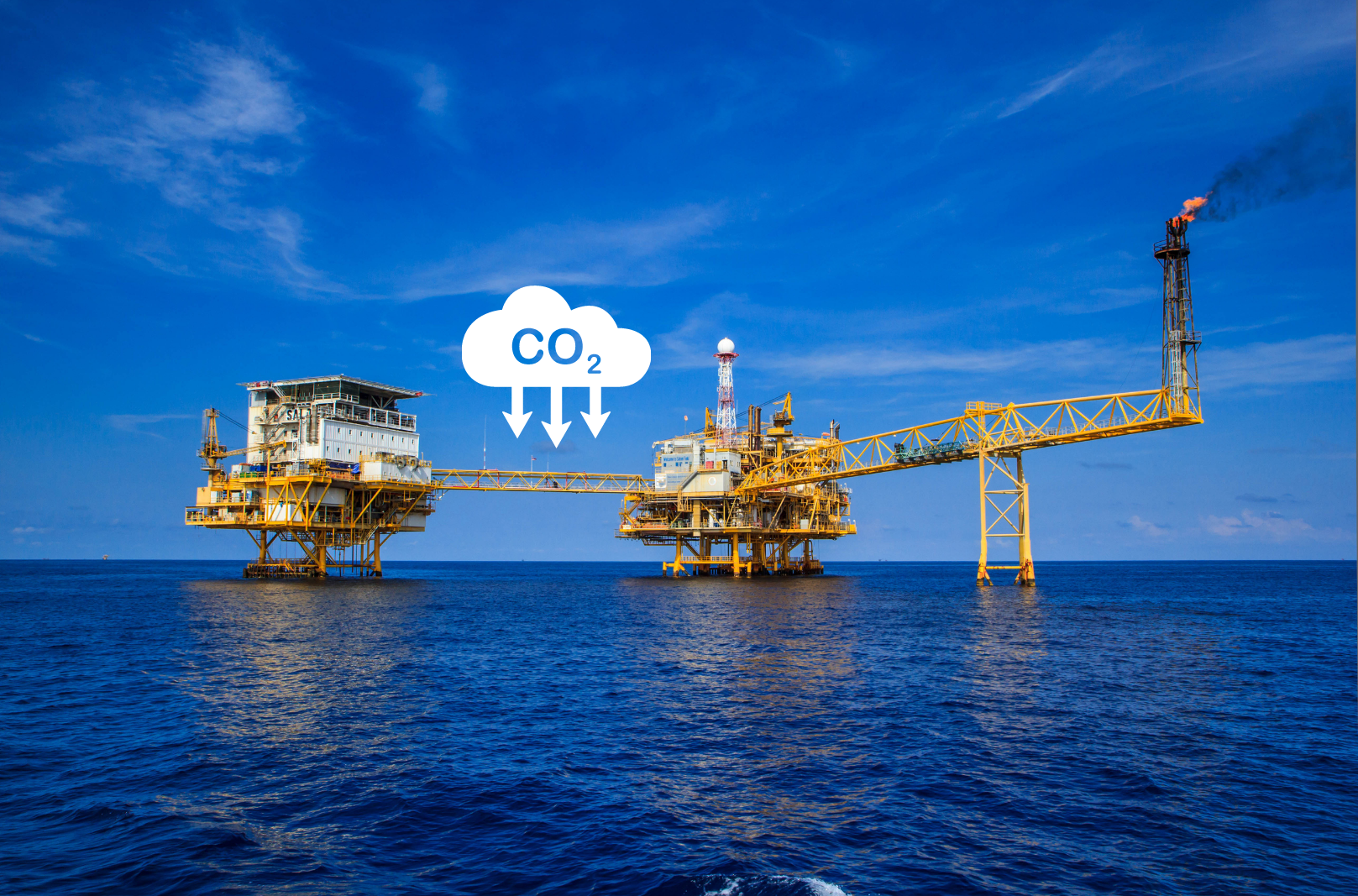The Role of Oil & Gas in Decarbonisation
April 4, 2023
Hydrocarbon production has played a part in virtually every significant technological and societal advance over the last century and a half. Its contributions to society go far beyond fuels and lubricants. Plastics have proved critical to the healthcare sector in the same way that nylon and polyester revolutionised the production of clothing.
In the context of the global industrialisation timeline, the environmental impact of burning these fossil fuels has only recently been fully understood. However, it is important to understand the role that the sector still has to play in efforts to decarbonise the energy industry. Far from depending on its abolition, a rapid and effective transition to green energy cannot happen without continued oil and gas production.
Producing oil and gas in a net-zero future
In March 2021 the UK Government set out The North Sea Transition Deal. This committed the sector to improving stewardship, monitoring and reporting of all greenhouse gas emissions, and to cutting CO2 emissions by 50% by 2030, and measurable net-zero by 2050 [1]. In return, the Government would offer regulatory support and funding for projects such as the electrification of offshore assets, potentially eliminating emissions from the gas turbine and diesel power generators which are the industry’s main greenhouse gas emitters.
Crucial to understanding emissions from oil and gas production has been the adoption of Carbon Intensity as a key metric [2]. This figure examines key aspects of the extraction and refining processes to accurately quantify the carbon emissions per barrel of crude oil produced, and allows specific improvements to be targeted.
Fields with the highest carbon intensity are likely to have depleted reservoirs requiring enhanced oil recovery methods such as water injection and artificial lift. Older topside facilities with original process equipment operating at reduced volumes and pressures (and therefore efficiency) can also contribute to high figures.
Although media and activists tend to focus on licencing for new developments, once in production these modern facilities will operate at far lower carbon intensity than existing assets. Pressure to stop new developments could be viewed as counterproductive if oil and gas revenues (and in turn, taxes) are to remain stable while the industry attempts to decarbonise. And keep the lights on.
People and plant – skills and technology transfer
There are many areas where hydrocarbon producers and their service industries have skills and knowledge useful to green industries:
- Oil and gas personnel are expert operators of hazardous processes and potentially explosive atmospheres. Large scale production of hydrogen, a Group IIC gas, is vital to decarbonise hard-to-abate sectors such as shipping and heavy industry and is a natural fit to utilise a pre-existing area of excellence.
- In terms of planning, project management and supply chain, ambitious oil and gas projects are successfully executed in inhospitable regions almost as a matter of course. If climate change goals are to be met, green energy must look to engage this specialist knowledge.
- Offshore and subsea engineering is as applicable to the installation of wind and tidal turbines as it is to hydrocarbon production apparatus.
A wholesale migration to low or zero-carbon renewable energy sources will also be expensive. Perennially strong industries like oil and gas will play a crucial role in supporting the economies that commit to this target. Looking more at practicalities, crude oil is so indispensable as a chemical feedstock that even the renewable energy industry is heavily dependent on its many products and derivatives.
There is also a risk that prematurely phasing back oil and gas production could once again increase the demand for the most carbon-intensive fuel – coal. [3]
Delivery is the challenge and more can be done
The North Sea Transition Authority’s Emissions Monitoring Report [4] shows encouraging reductions in volumes of flared and vented gas reduced greenhouse gas emissions, roughly on track with the long-term targets. The largest oil majors commit 1-5% of their CAPEX to zero-carbon energy generation, which is a start, but more can be done to both clean up their emissions and grow zero-carbon portfolios [5].
While the oil and gas industry will likely continue to have success in making incremental emissions savings in years to come, these will inevitably become smaller and more costly. A follow-up to “The Deal” makes note of three planned offshore electrification proposals [6].
Driving electrification projects such as these beyond the conceptual stage and in other hydrocarbon producing regions in the very near future should be a key commitment of oil and gas producers as well as the Government to ensure the industry has its place in a zero-carbon world.
Viper’s V-LIFE product helps subsea operators reduce their carbon footprint by avoiding unnecessary subsea interventions and extending the life of oil and gas production equipment. Find out more in our article: V-LIFE – An Environmentally Friendly Alternative to Replacing Failing Subsea Electrical Equipment
References
[1] Department for Business, Energy & Industrial Strategy, “North Sea Transition Deal,” UK Government, London, 2021.
[2] The International Council on Clean Transportation, “Carbon Intensity of Crude Oil in Europe – Executive Summary,” Washington DC, 2010.
[3] International Energy Agency, “The Oil & Gas Industry in Energy Transitions,” 2020.
[4] North Sea Transition Authority, “Emissions Monitoring Report,” UK Government, London, 2022.
[5] M. Li, G. Trencher and J. Asuka, “The Clean Energy Claims of BP, Chevron, ExxonMobil and Shell: A mismatch between discourse, actions and investments.,” 2022.
[6] Department for Business, Energy & Industrial Strategy, “North Sea Transition Deal – One Year On,” UK Government, London, 2022.




